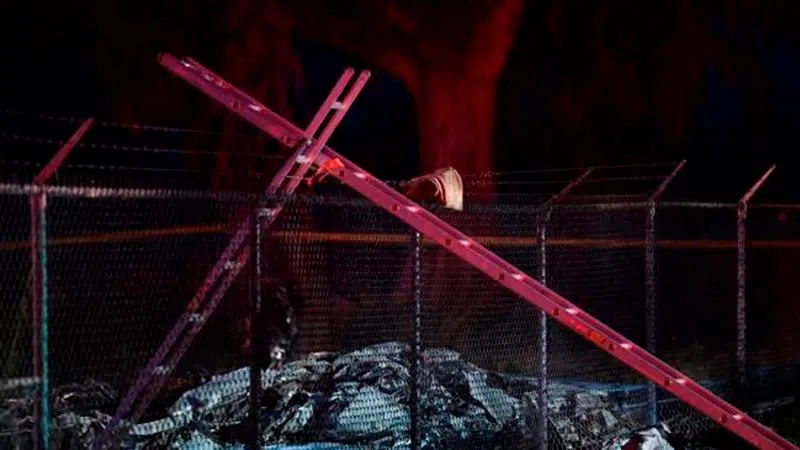
Family says Hawaii crash victim was adventurer, full of life
HONOLULU — Casey Williamson’s love of adventure led him to winter snowboarding in Vail, Colorado, and summer skydiving in Moab, Utah. A year-and-a-half ago, he found his way to Hawaii, where he could skydive year-round.
On Friday, the 29-year-old was among 11 killed when their skydiving plane crashed and burned at a coastal airfield on the island of Oahu. It was the worst civilian aviation accident in the U.S. since 2011.
Williamson was his mother Carla Ajaga’s only child, his cousin Natacha Mendenhall said.
“We’re all very upset,” said Mendenhall, speaking from her home in Fort Worth, Texas. “She cannot really talk right now. What she wants everyone to know is how full of life her son was, how loving he was.”

